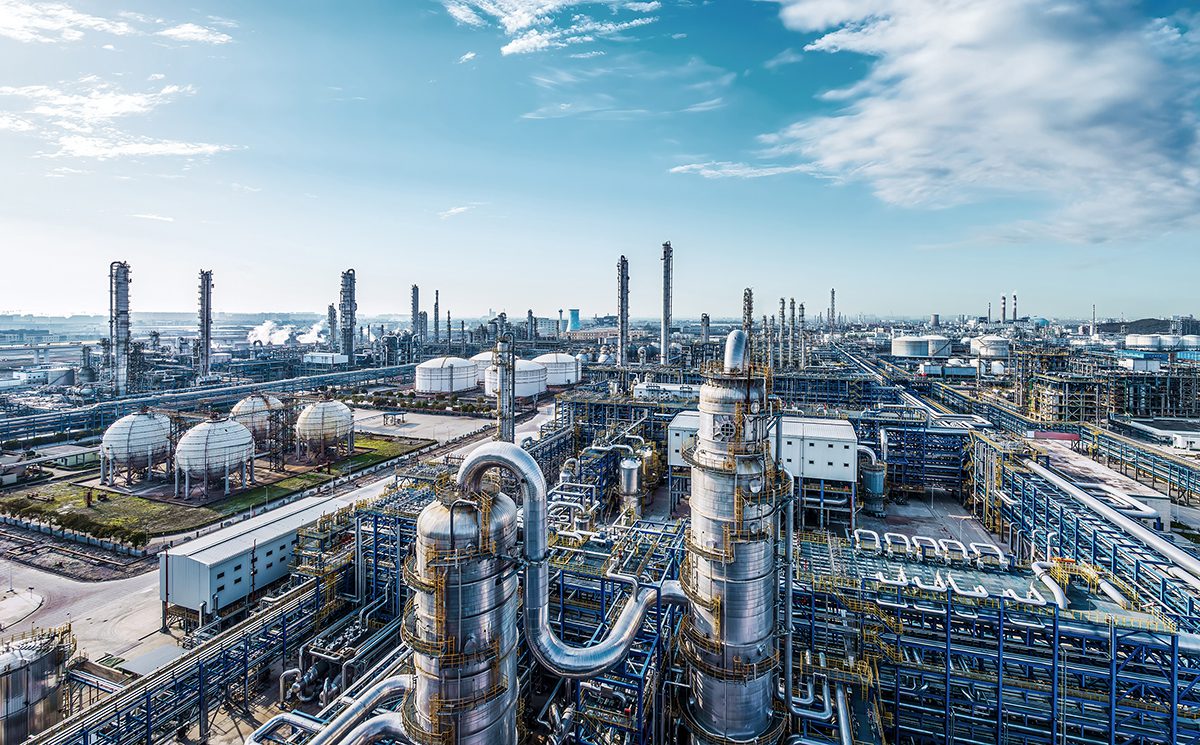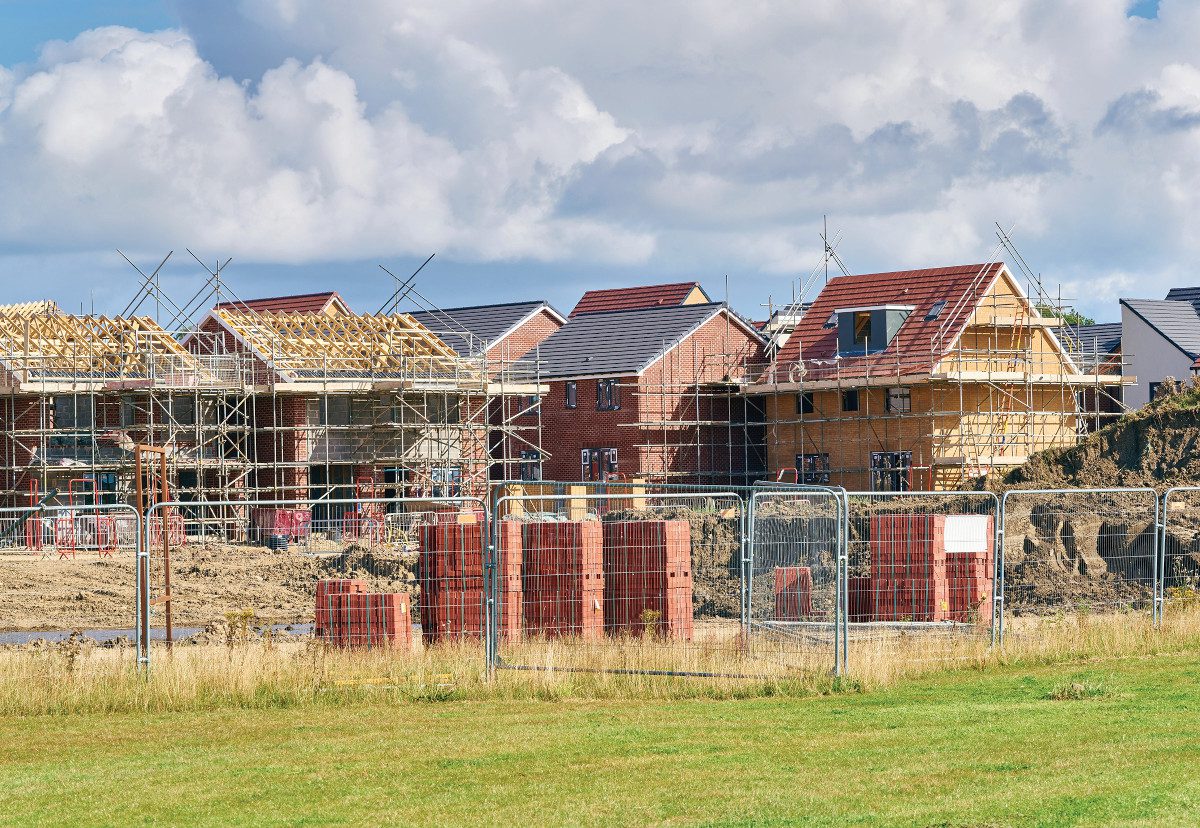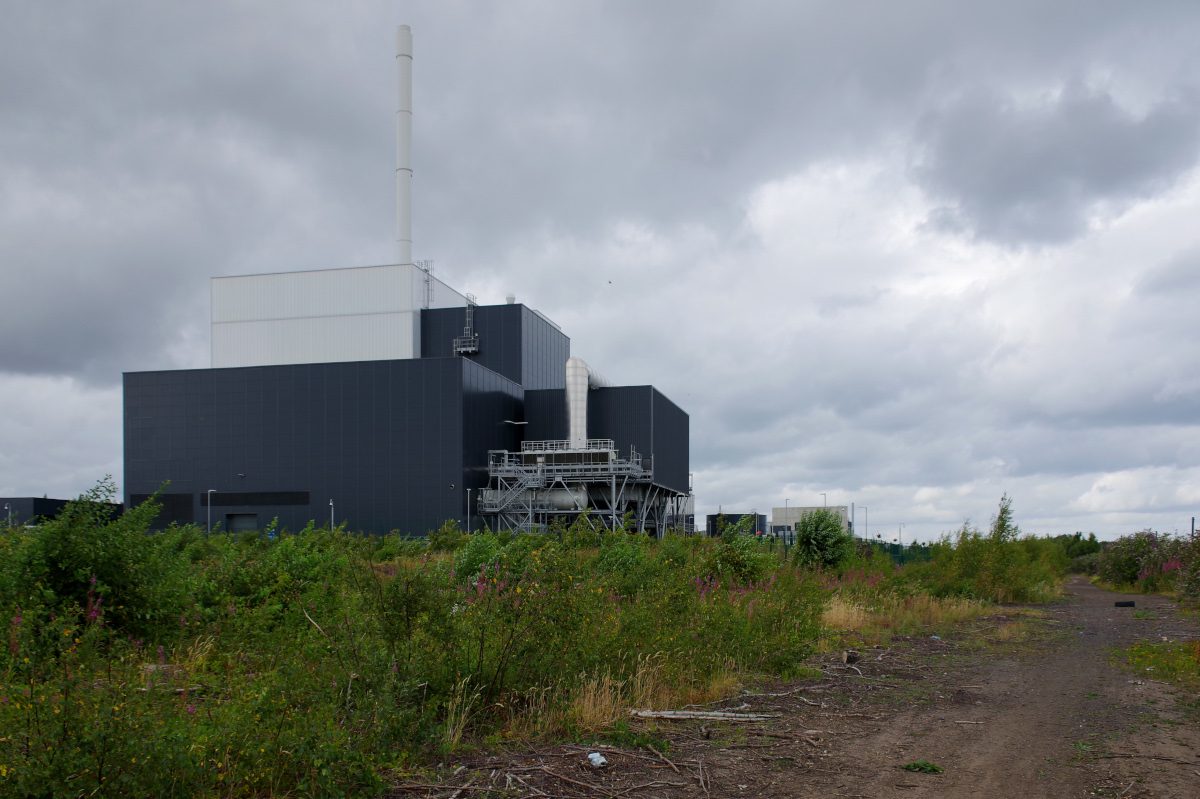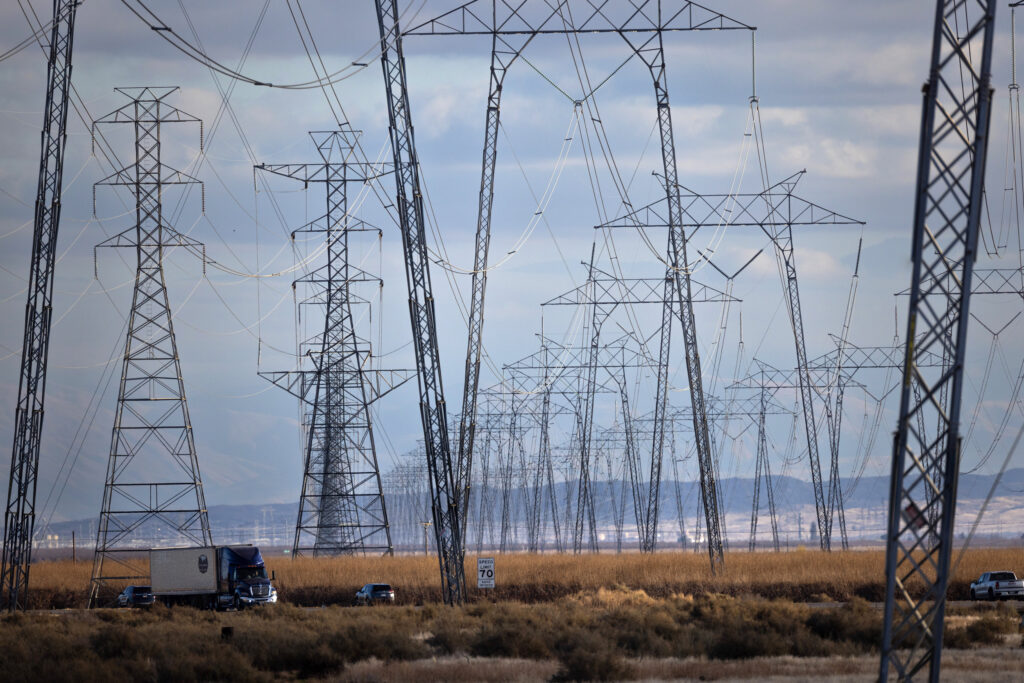A new report sets out a strategy for achieving net zero concrete and cement. It has been endorsed by ten of the world’s largest concrete companies and cement makers, including Heidelberg, Cemex and Holcim, in addition to architects, engineers, and construction firms
Concrete is the world’s most widely used material after water, and with cement, it is an essential part of the global economy, critical to buildings, transportation, and other infrastructure. The sector currently generates 8% of global CO2 emissions: more than aviation and shipping combined. The challenge of increasing emissions is becoming more urgent as production of concrete and cement is increasing to meet global needs. Without efficiency gains, demand for cement is projected to increase by 50% by 2050.
Making Net Zero Concrete and Cement Possible appears to show, through its Net Zero scenario, how the sector can reach net zero GHG emissions and comply with a 1.5°C target if urgent action is taken across all three groups of levers:
- 22% emissions reduction can be achieved on the demand side through efficiency improvements in construction and design reducing the volume of concrete needed without compromising safety or durability.
- 25% reduction can be achieved in process emissions on the supply side by deploying Supplementary Cementing Materials (SCMs) to decrease the use of clinker; whilst bringing alternative chemistries to commercial stage.
- 53% of emissions can be reduced, eliminated or captured through a combination of fuel switch, power sector decarbonisation and carbon capture utilisation and storage (CCUS).
CCUS currently has the largest emissions saving potential of all available technologies, and 33-45 new CCUS plants with an annual capacity of 80 megatonnes (Mt) of CO2 must be in operation by 2030 for the industry to stay within its carbon budget. However, new data from MPP’s tracking of green industrial projects – released by MPP for COP28 – shows that the current pipeline falls short, as projects struggle to reach FID. Fifteen plants have so far reached this critical point.
MPP is calling for immediate action across the concrete production value chain from industry, governments and financial institutions worldwide to create an enabling environment for innovation and decarbonisation. Its roadmap details actions needed in the short and long term to rapidly decarbonise the sector.
Near-term milestones
By 2025:
- Governments permitting increased use of SCMs and using procurement power to bring about deployment
- Concrete demand reduces by 4% compared with business-as-usual
- CO₂ transport and storage plans in place and construction started across three regions
By 2030:
- 33-45 commercial scale carbon capture plants to be operational
- Concrete demand peaks and starts decreasing globally
- Global average clinker-binder ratio drops to a global average of 0.54-0.58 from 0.63 today.
By 2035:
Mission Possible Partnership CEO, Faustine Delasalle, said that “time is not on our side.”
“The moment to roll up our sleeves and work together across the value chain and with governments is now. Immediate collaboration and cooperation – from producers through design and construction – together with policymakers and finance – is essential to making the necessary progress this decade.”
Javier Durand of Peruvian cement giant Cementos Pacasmayo S.A.A., described the document as “a relevant user friendly guide”, noting that it “clearly describes the general global actions that need to be taken to achieve carbon neutrality in 2050.”
“However, there is still a pressing need to dive deeper into regional and local insights and differences in mitigation, adaptation and opportunities, and the regional and country roadmaps especially within developing countries, since cement and concrete are essential for the achievement of sustained economic growth and the eradication of poverty and to mitigate the effects of climate change; therefore a successful implementation will need to reconcile this reality with appropriate public policies that take into account local challenges and needs, and the economic cooperation of economies that have already developed.”
Vincent Martinez, President and COO, Architecture 2030, said: “This report recognizes the substantial role that those responsible for designing and constructing the built environment play as demand-side partners in significantly reducing the GHG emissions of concrete and cement through thoughtful design, efficient use and reuse, specification and carbon sequestration.”
















